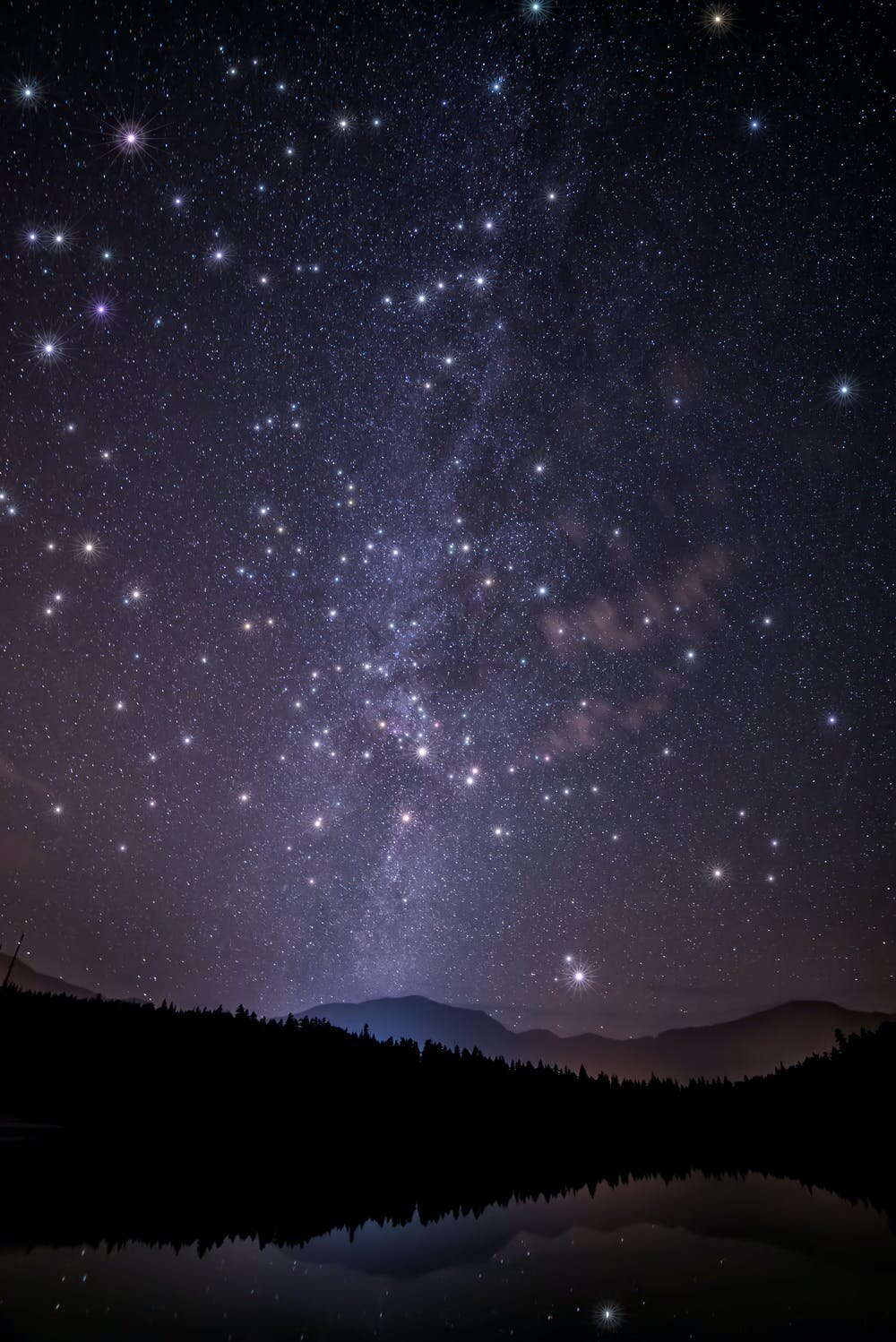
Chapter Twelve
Moving Beyond the Needs of the Past
If we look back just 200 years ago, we see that the global population at that time was just over 1 billion. Our current population is 7.8 billion. World population has increased more than 400% over the twentieth century. Between 1900 and 2000, the increase in world population was 3 times greater than during the entire previous history of humanity—an increase from 1.5 to 6.1 billion in just 100 years.
In actuality, our world population growth rate peaked in 1962 and has been systematically going down since then. The fastest doubling of the world population happened between 1950 and 1987, a little more than one generation. Of course, while the growth rate is decreasing, the population continues to soar. Rates of growth vary from country to country, while actual numbers keep rising. According to the UN an average of 385,000 babies are born each day around the world… more than 140 million babies born every year.⁴⁹
Back in 1800, people died younger, more children were lost at childbirth or due to disease, and having a large family made sense . . . more people to work the farm, run the family business, or to ensure that someone would be there to care for you in your old age. It is true today that families in poverty frequently have more children, often as a way to support the family’s livelihood, with even young children sometimes entering the workforce to generate income for the family. Of course, women two-hundred years ago did not have access to birth control. In most cases, if you had sex, you made babies. The average woman in the US in 1800 gave birth to an average of seven to eight children⁵⁰ . . . at that time the highest birthrate in the world.
If I had not used birth control, I would have had about fifteen more children than my body could have handled, or that I could have afforded to provide for. (I do have one daughter.) Of course, women throughout history have found means of birth control using herbs and other methods, including creating barriers, withdrawal, and breastfeeding for up to three years. There is evidence that birth control and abortion were being practiced in early Mesopotamia and Egypt. Scrolls from 1850 BC in Egypt describe how to make a cervical cap from acacia leaves, honey, and lint.⁵¹ Many women continue to use similar methods where modern birth control methods are not available, but there is no reason we could not promote and provide access to birth control worldwide if there was the will to do so. We cannot afford to live in the past, continuing to see, and even celebrating, large families.
I personally could never understand the many television shows celebrating multiple births and large families. Oprah (whom I appreciate and respect for the well-intentioned and insightful work she has done), celebrated a couple who had nine children, who in turn had fifty children, who in turn had forty-eight children. I was horrified to see honor bestowed on procreation at a level that is no longer appropriate given the damage human numbers are inflicting upon our ecosystems. Family size needs to be readjusted to take into consideration the current state of the world.
Many celebrities in the US also boast of large families, something that does not seem any more appropriate than it would for an impoverished family. Being wealthy should not confer special accommodation in terms of appropriate family size, unless, of course, the children are adopted, which is highly commendable. I notice among politicians that I support, there are many examples of large families. Nancy Pelosi has five children and Gavin Newsom (governor of California, where I live) has four children. One of my favorite comedians (Jim Gaffigan) has five children. Eddie Murphy has ten children, Mick Jagger and Clint Eastwood each have eight children, Elon Musk has seven children, and Diddy has six children. These are people who are notable and, whether consciously or not, their behavior and choices model the values of our society.
It is time to reevaluate the appropriateness of having a large family. Of course, there are many joys associated with having a large family: siblings, cousins, and big family gatherings. There are blessings that come from a sense of belonging to a larger unit . . . growing up with siblings to play with and share your lives with . . . having aunts and uncles that are a part of your support network. If you want siblings for your biological child, you could choose to adopt; there are many children in need of a loving home.
Unfortunately, we have overstepped the planet’s capacity to support our growing numbers. Due to our human ecological footprint (our impact on earth), many scientists say we have already surpassed the Earth’s capacity to sustain our current population. Some say it would take 1.5 Earths to sustain humanity at our current population, and looking at the trends going forward we could need almost 3 Earths by 2050 to sustain our ways of living.⁵²
We should be celebrating those persons who decide not to have children, or adopt, or couples who decide to have only one child, instead of replacing themselves and adding to the escalating numbers. As Jonathan Austen clearly points out in his informative book Save the Earth . . . Don’t Give Birth, “If today’s generation chose to have just one child, total world population by 2100 would decline to below 3.5 billion—cutting our consumption in half.” “The world would be dramatically improved if just one generation had on average one child.”⁵³
"We keep being fed the idea that somehow population and consumption can keep expanding without any consequences. They can’t. As population grows, the pressure on our planet is heightened. One of the many changes needed to give my generation a chance of a healthy future is for people to recognize that choosing to have fewer children helps relieve that pressure. We should and must be talking about population and family size."
— Bella Lack, youth ambassador for Born Free Foundation and Jane Goodall Institute (born 2002)


